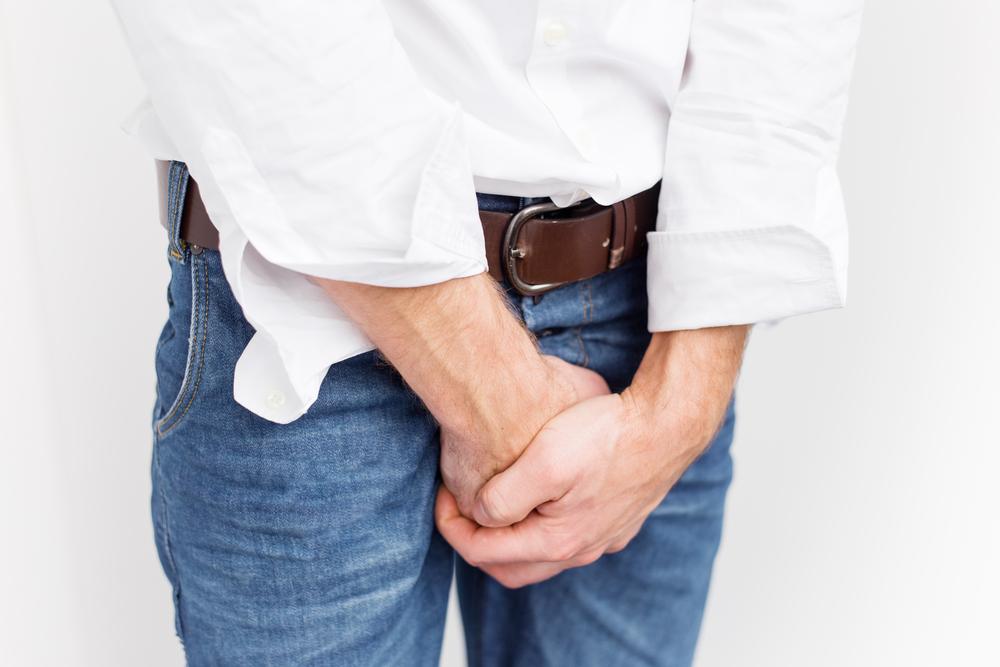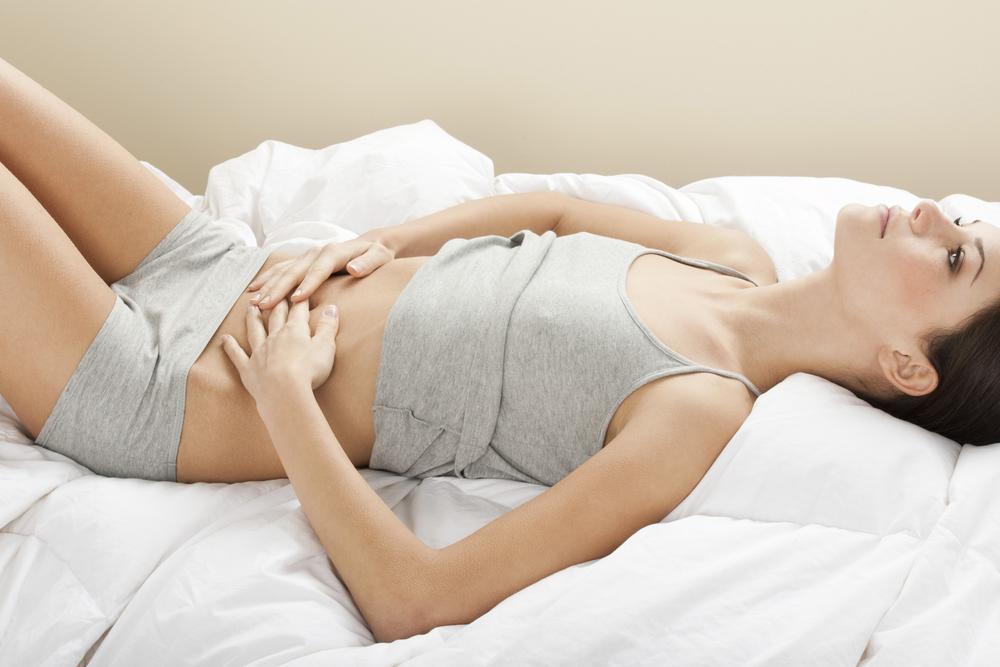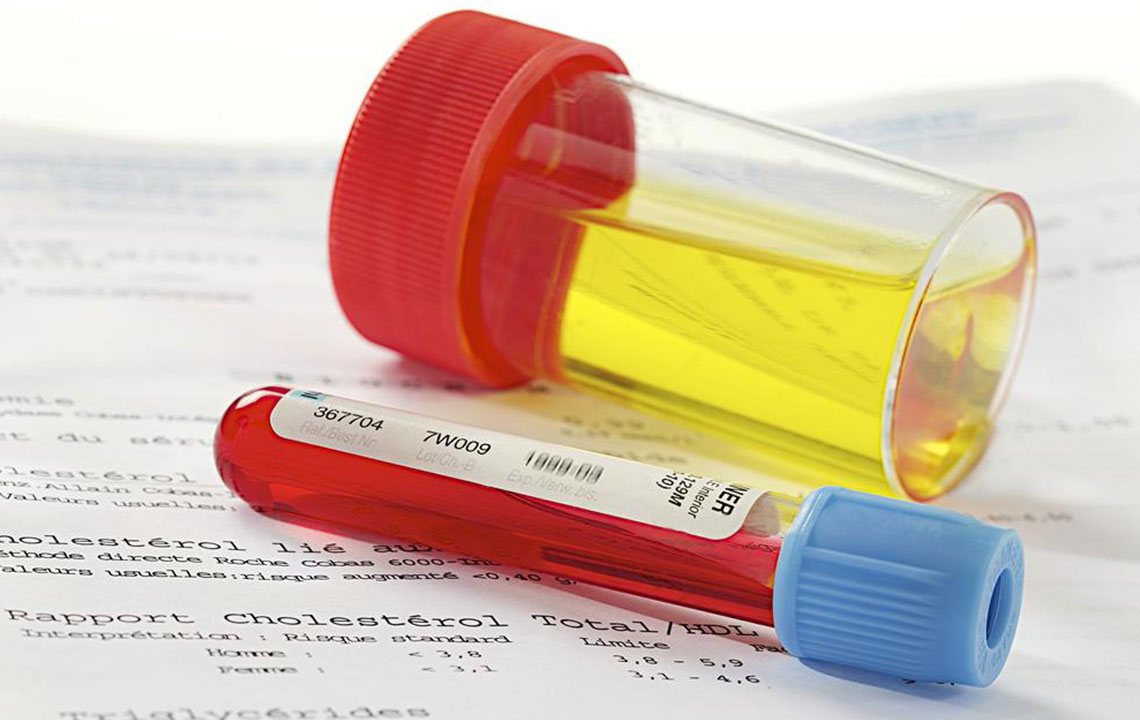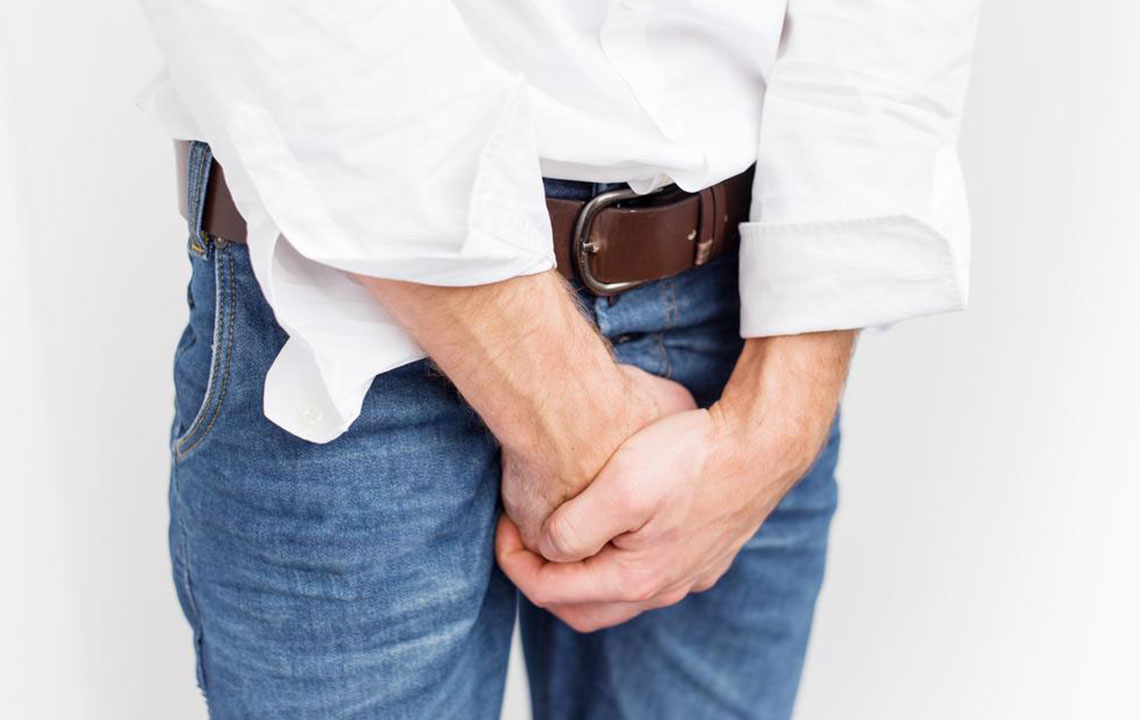Effective Methods to Treat and Manage Adult Urinary Incontinence
Adult urinary incontinence is a manageable condition with various treatment options. From behavioral techniques, pelvic floor exercises, and lifestyle modifications to medical interventions, patients can significantly reduce or eliminate incontinence symptoms. Early diagnosis and personalized care are crucial for effective management. This comprehensive guide provides essential strategies to help adults regain bladder control and improve their quality of life, emphasizing that with the right approach, incontinence can often be effectively treated or even resolved entirely.

Effective Methods to Treat and Manage Adult Urinary Incontinence
Adult urinary incontinence (UI) is a condition characterized by the inability to control bladder functions, resulting in involuntary urine leaks or accidents. While it is most commonly observed in older populations, especially those over 60, it can also affect younger adults in their 20s and 30s. The prevalence varies between genders, with women reporting higher incidences, particularly due to factors like pregnancy and childbirth. However, men are also susceptible, especially following prostate surgery or injury. The good news is that urinary incontinence is a highly treatable condition with a variety of management options that can significantly improve quality of life or even eliminate symptoms entirely.
This comprehensive guide explores a range of proven treatment strategies and lifestyle adjustments that can help manage and potentially resolve adult urinary incontinence. The most suitable approach depends on the underlying cause—whether it’s related to childbirth, nerve damage, urinary tract infections, or other medical conditions. Understanding these options and their application can empower those affected to regain bladder control and improve daily functioning.
Behavioral Techniques and Bladder Training
One of the most foundational approaches to managing urinary incontinence involves behavioral techniques and bladder training exercises. This method aims to retrain the bladder to hold urine for longer periods and reduce urgency episodes. Starting with delaying urination by just 10 minutes, patients gradually extend this interval to 2–3 hours through consistent practice. The goal is to create a more predictable bathroom routine that minimizes accidents and enhances bladder capacity.
Doctors often recommend setting scheduled bathroom visits—regardless of urge—to prevent sudden urgency. Additionally, modifications in daily habits such as limiting fluid intake before bedtime or going out, and avoiding bladder irritants like caffeine, spicy foods, and alcohol can significantly improve symptoms. Maintaining a healthy weight and avoiding constipation are also crucial, as excess weight and straining can worsen incontinence issues.
Pelvic Floor Strengthening and Biofeedback
Strengthening the pelvic floor muscles forms a cornerstone of incontinence management, especially for stress incontinence where urine leaks during physical activity, coughing, or sneezing. Kegel exercises, involving tightening and holding pelvic muscles for about 10 seconds and releasing, can be performed multiple times daily. Regular practice improves muscle tone and support for the bladder, reducing leaks and urgency.
For individuals struggling to identify or engage these muscles correctly, professional biofeedback therapy may be recommended. Biofeedback uses sensors and visual or auditory cues to enhance awareness and control of pelvic muscles, ensuring effective training. This method can be particularly helpful for neurological incontinence or when self-directed exercises don’t yield sufficient results.
Medical Management and Lifestyle Adjustments
While behavioral and physical therapies are non-invasive, some cases require medical treatments such as medications. Anticholinergic drugs can help calm overactive bladder muscles, reducing urgency and frequency. Other medications may be prescribed based on the type of incontinence, including topical estrogen for women or alpha-blockers for men with prostate issues.
If conservative measures do not suffice, surgical options like bladder sling procedures, prolapse repairs, or nerve stimulations can be considered. It’s vital to consult with a healthcare professional to determine the most appropriate course of action.
Moreover, daily lifestyle modifications play a significant role. Limiting large fluid intakes during certain times of the day, practicing scheduled toileting, and maintaining overall good hydration are key strategies. Using protective incontinence products such as absorbent pads, underwear, or plastic coverings can help manage leaks discreetly and maintain dignity.
Psychological support or counseling can also benefit individuals dealing with embarrassment or anxiety related to incontinence. Support groups or therapy can provide emotional relief, ongoing encouragement, and practical tips for coping with this condition.
Overall, successfully managing adult urinary incontinence hinges on personalized treatment plans that consider the specific causes and severity of symptoms. Early intervention and consistent management are essential to improving lives affected by this condition.





